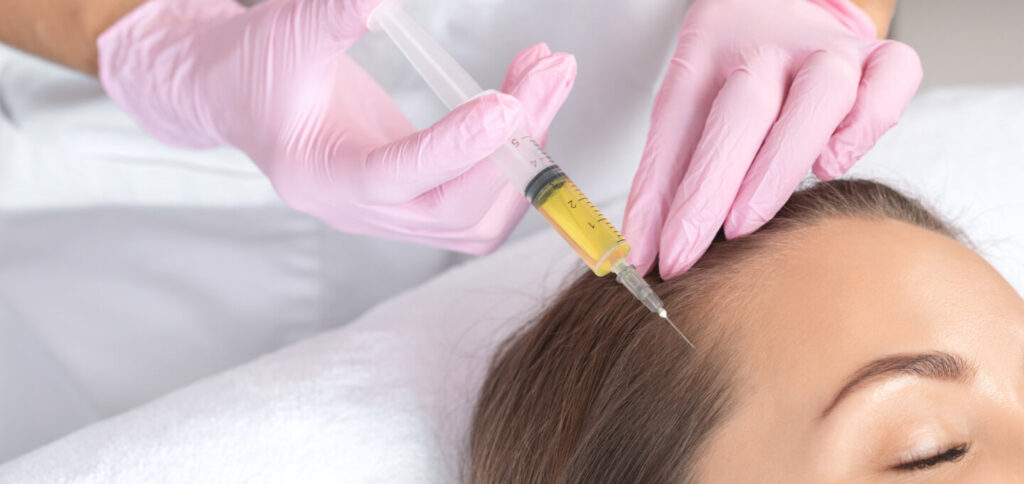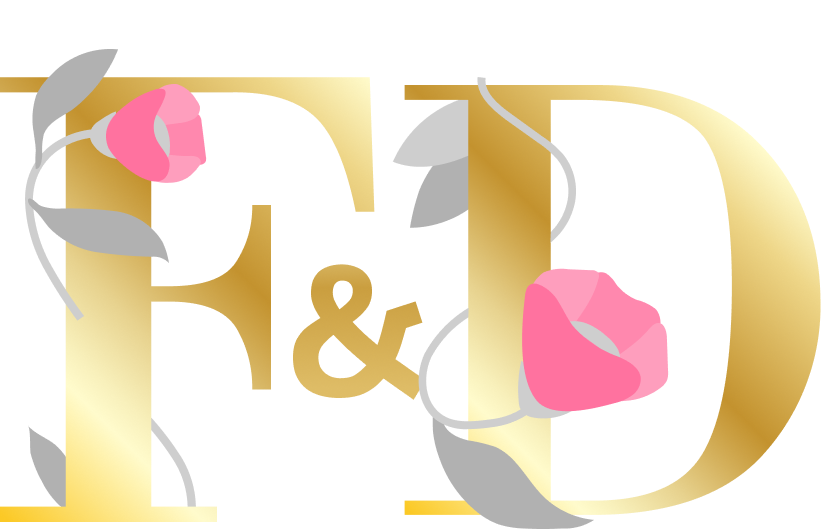Learn more about
Botox
Neuromodulators are proteins that are injected into facial and neck muscles to temporarily relax muscle activity. This relaxation helps smooth out wrinkles and fine lines, providing a more rejuvenated, youthful appearance.
Key benefits include:
– Smoother, more radiant skin
– Reduction of excessive sweating
– Relief from teeth grinding or jaw tension
Results typically appear within 2 to 14 days, with maintenance treatments recommended every 3 to 6 months for optimal effects.
Frequently Asked Questions
Botox is a commonly used procedure in aesthetic medicine, but many questions remain about it. Here are the answers to the most frequently asked questions:
It’s essential to consult a qualified healthcare professional to discuss your goals and determine whether Botox is the right choice for you.

What is Botox, and how does it work?
Botox is a toxin produced by the bacterium Clostridium botulinum. In small doses, it temporarily blocks nerve signals responsible for muscle contraction, causing the targeted muscles to relax. This helps reduce the appearance of wrinkles and expression lines.
What are the common aesthetic uses of Botox?
Botox is primarily used to smooth forehead wrinkles, glabellar lines (frown lines between the eyebrows), and crow’s feet (lines around the eyes). It can also treat neck bands (platysmal cords) and bruxism (teeth grinding).
At what age should someone consider Botox injections?
There isn’t a specific age to start Botox. Experts often recommend it when static wrinkles (those visible at rest) begin to appear, which can be in the late 20s or early 30s. However, the decision should be personalized based on individual needs.
How long do Botox effects last?
There isn’t a specific age to start Botox. Experts often recommend it when static wrinkles (those visible at rest) begin to appear, which can be in the late 20s or early 30s. However, the decision should be personalized based on individual needs.
Are Botox injections painful?
Botox injections are generally well-tolerated. The needles used are very fine, and most patients report only a slight sting or minimal discomfort during the procedure.
What are the possible side effects of Botox?
Side effects are rare but may include bruising, slight swelling at the injection site, or temporary headaches. In very rare cases, drooping of the eyelid (ptosis) can occur, but this is usually temporary.
Is Botox safe?
When administered by a qualified healthcare professional, Botox is considered safe. Consulting an experienced practitioner is crucial to minimizing risks and achieving optimal results.
What are the contraindications for Botox?
Botox is not recommended for pregnant or breastfeeding women or individuals with known allergies to its components. A preliminary consultation with a professional is essential to assess any potential contraindications.
Can someone develop resistance to Botox?
Although rare, it is possible to develop resistance to Botox due to antibody formation. To reduce this risk, it’s important not to space treatments too far apart and to consult a professional regularly to monitor the effectiveness of the injections.
What’s the difference between Botox and similar products?
In addition to Botox, other brands like Dysport, Xeomin, Jeuveau, and Daxxify are available. While their effects are similar, they differ in protein structure and diffusion. The choice of product depends on the patient’s specific needs and the practitioner’s recommendation.
Request a consultation
Contact our experts to discuss your needs and explore the options available to you.
